People prefer plain language—especially when it comes to their health. That is why October’s Health Literacy Month is a great time to highlight the importance of using plain language to improve health literacy. A cornerstone of the Centers for Disease Control and Prevention’s (CDC) work in HIV, “health literacy” is someone’s ability to find and understand useful, accurate information to make informed choices about their health.
The CDC makes free health literacy trainings and tools available to help anyone improve their public health materials. Tools can be especially useful to check language choices to ensure materials are accessible and actionable.
Links to Resource:
- Read the full CDC post on Health Literacy from HIV.gov
- See the CDC’s free health literacy trainings
- The Clear Communication Index: a set of specific research-based criteria to help with the development and evaluation of materials that can be applied to almost any product, format, or audience.
- Everyday Words for Public Health Communication (pdf): a list of substitute words and phrases to help with switching from jargon to easy-to-understand terms
- Inventory of Health Literacy Assessments and Resources: helps organizations identify and then overcome the health literacy barriers within their programs
- A series of HIV Consumer Information Sheets (the first tab), which use plain language to explain complex concepts, some available in Spanish
- STD Fact Sheets: award winning for plain language and are available in multiple languages
- The HIV Risk Reduction Tool: takes complex data on transmission and prevention and presents it in an accessible format for users
- See more Health Literacy tools and guidance from the CDC
Date: 2017
